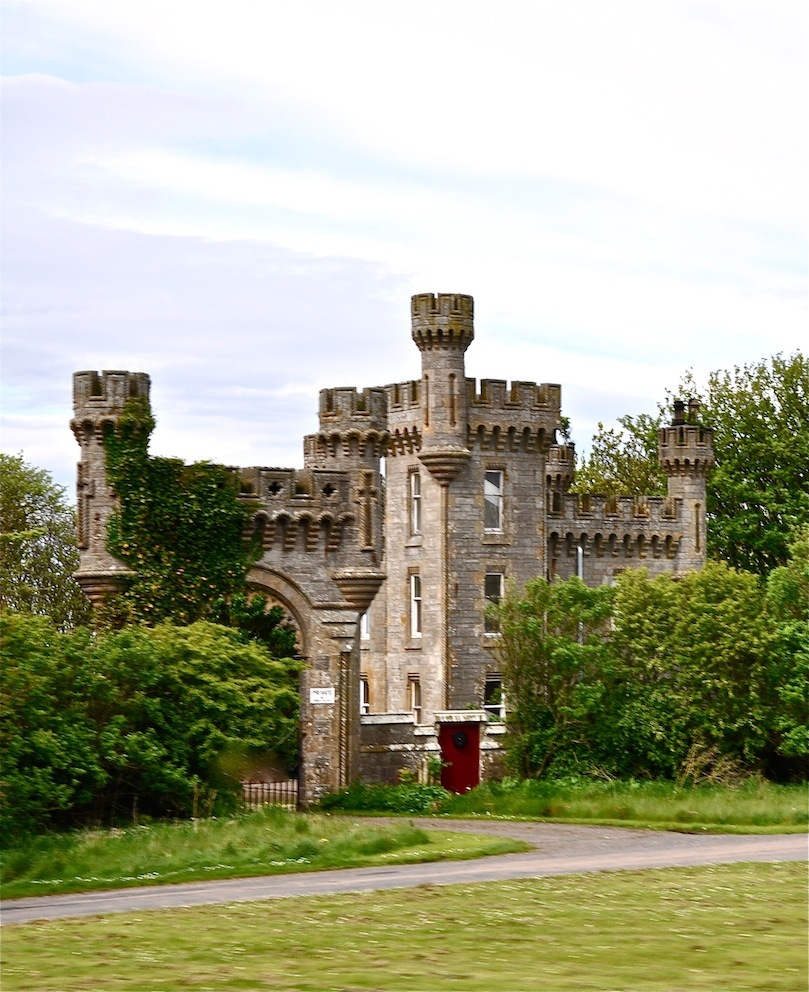Thurso Castle: A Historic Scottish Estate Reflecting Centuries of Nobility
Visitor Information
Google Rating: 2
Popularity: Very Low
Google Maps: View on Google Maps
Country: United Kingdom
Civilization: Unclassified
Remains: Military
History
Thurso Castle is situated in the town of Thurso, Scotland, part of the United Kingdom. Its site has long been associated with Norse and Scottish nobility, reflecting centuries of regional power shifts.
The earliest known fortress on this location dates back to the 12th century. It may have been linked to Norse jarls, rulers in the Viking era, but archaeological efforts in 1962 did not uncover remains from this initial stronghold. Historical records mention a castle named “Thorsa Castle” as early as 1157. This medieval castle served as a residence for the Earls of Orkney and Caithness but was destroyed by fire in the early 1500s, leaving no physical traces today.
In the mid-17th century, specifically 1665, George Sinclair, the 6th Earl of Caithness, commissioned the construction of a building called “The Arch.” The project was undertaken by master mason Donald Ross, with the contract costing 600 merks, a Scottish monetary unit of the time. Later, Sir John Sinclair, the 1st Baronet and a member of the same family, acquired the estate and constructed a new castle or fortress on the site. Significant restorative and expansion work on this structure took place in 1806 and again in 1835.
From 1872 to 1878, John George Tollemache Sinclair replaced the earlier buildings with a new mansion designed in the Victorian Gothic style, specifically reflecting Scottish baronial architecture. Unfortunately, fire partially destroyed this mansion, and concerns over its stability led to partial demolition in 1952. Despite this, parts of the castle remain habitable and continue to serve as the residence of the Viscounts Thurso, a title the family obtained in 1952. The castle’s former gatehouse has been recognized for its historical importance with a Category B listing, marking it as a building of regional significance.
Notable events associated with Thurso Castle include a World War II incident when an anti-shipping mine detonated near the grounds. Additionally, during his world tour in 1877, the American Civil War general and U.S. President Ulysses S. Grant visited the estate.
The Sinclair family, significant to the castle’s history, expanded their titles over time, acquiring the baronetcy of Ulbster in 1786 before later becoming Viscounts Thurso. The surrounding estate features landmarks linked to the family, including Brown Hill, located near the Atlantic coast, and Harald’s Tower, built in 1780 roughly 1.6 kilometers northeast of the castle. Harald’s Tower served as a burial site for members of the Sinclair family.
Remains
The present-day remains of Thurso Castle date mainly from the late 19th-century Victorian Gothic mansion constructed between 1872 and 1878. The castle stood on low-lying ground to the east of the River Thurso, a position enabling views across the river towards the estate.
On the southern side of the site, the gatehouse and a connected lodge have survived in reasonable condition. These structures reflect the later phase of construction and embody the Scottish baronial style popular during the Victorian era. They have maintained their structural integrity better than other parts of the complex.
To the north, near the riverbank, the ruins of the castle’s north tower still stand alongside a roofless northern wing that once formed part of the overall castle enclosure. These remnants give a sense of the castle’s original layout and extent.
During the 20th century, the lower windows and entrances of the castle were sealed with bricks, a modification likely intended to address safety or security concerns. A well on the grounds reaches approximately 6.1 meters (20 feet) deep, suggesting the historical necessity of a reliable water source within the fortress.
Materials from the earlier castle buildings were reused in the estate, including stones incorporated into a manse constructed in 1818. This practice highlights the continuity of use and the adaptation of available resources over time.
Today, the castle remains under private ownership and is considered dangerously unstable. Only the external parts of the structure can be safely viewed. This ongoing fragility means that visitors and scholars alike primarily observe the castle’s exterior features and surviving masonry rather than interior spaces.







